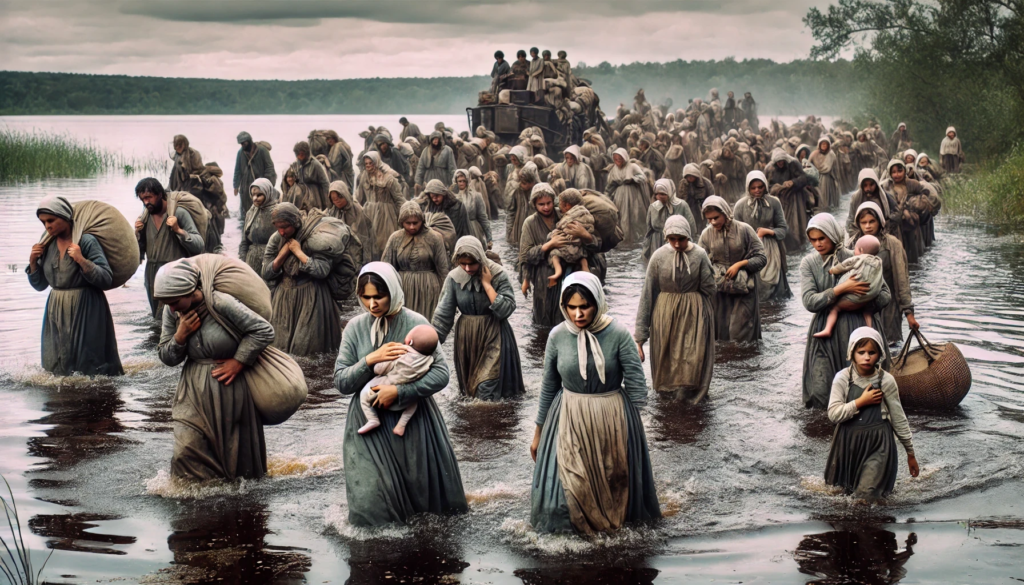In a previous post, we focused on life on campaign for women. Now, we’ll take a look at how that life changed over the centuries.
In a Scandinavian context, military campaigns prior to the 17th century were not very long-lasting, and therefore, there was no need for large contingents of servants, staff and women in the field.
Gustav Vasa, King of Sweden from 1523 to 1560, ordered that the soldiers recruited should be unmarried, likely because they could be sent on expeditions far from home more easily. Otherwise, there is no mention of women in the Swedish war articles from this time.
The 17th century brought significant changes. Wars became more prolonged and often took place far from the countries’ borders. The armies grew in size, and so did the need for cooks, laundresses, seamstresses, and sutlers, who ran small-scale trade operations.

More and more people were drawn to the armies, including women. When their husbands were recruited and gone for several years, many women and children followed. Just like at home, it was easier to manage if you were a household that could share the work.
In the 17th century, the presence of women in the field is also mentioned in the Swedish war articles. It states that “no whores shall be tolerated in the camp, but if someone wants to have his wife with him, it is permitted.”
However, the military leadership did not find the presence of women in the field entirely unproblematic, and when the 18th century arrived, it brought a lot of changes.

One who did not appreciate the presence of women in the field was Karl XII (above), King of Sweden from 1697 to 1718. In the early 1700s, new regulations were introduced, and only women who had received special permits were now allowed in the field. These were primarily the so-called sutlers, who were authorized to sell food, alcohol, and tobacco.
One reason for Karl XII’s aversion to women in the army was the immorality he believed they encouraged. However, his views were not shared by everyone in the military leadership, and large groups of women and children continued to follow the army, permitted or not.

When the Swedish army crossed the Berezina River (in present-day Belarus) in 1708, the king ordered that once the soldiers had marched over, the temporary bridge should be dismantled, leaving the women on the other side. The idea was that they would return to Sweden. Instead, the women crossed the river at another point and rejoined the army.
Another change during the 18th and 19th centuries was that more men took over tasks previously considered “women’s work”, such as cooking and nursing the sick. They were also employed by the army. Women were no longer needed to the same extent as before.
Another reason for the reduced presence of women in the field was that certain states – including Sweden – took greater responsibility for soldiers’ families, ensuring they had housing while the men were away and providing some compensation to help them manage without the men’s income.
Next up, we will look at the lives of women who stayed at home.
Sources:
Larsdotter, Anna. Kvinnor i strid. (2016)
Sjöberg, Maria. Kvinnor i fält 1550 – 1850. (2008)

